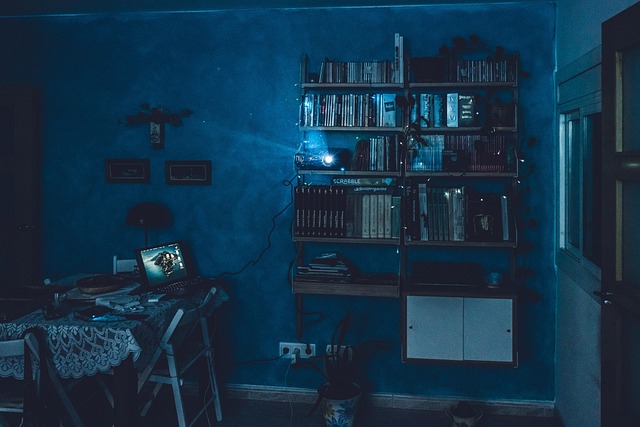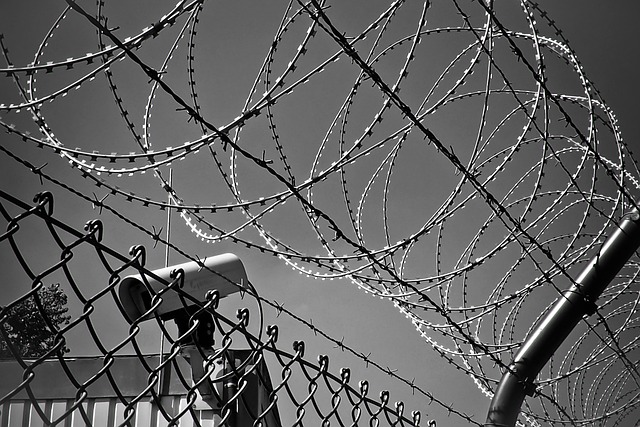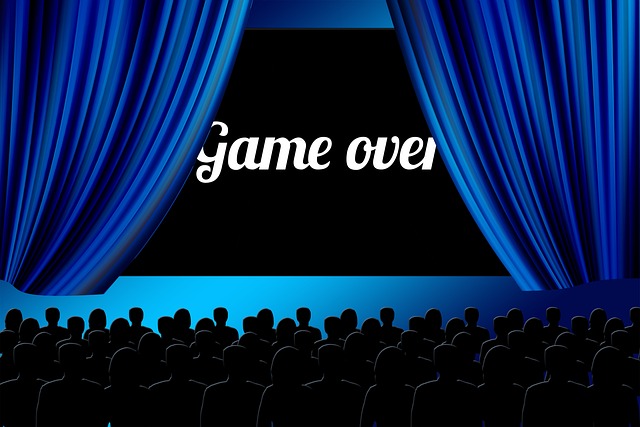Color grading, a critical post-production tool for videos, manipulates colors, contrast, and saturation to evoke mood and engage audiences. Essential in e-learning, games, and marketing, it uses lighting and tonal manipulation via user-friendly tools to refine visuals, enhancing storytelling and audience connection. From evoking nostalgia with warm tones to conveying futurism with cool ones, color grading transforms raw footage into captivating scenes for corporate, educational, or historical videos.
Elevate your video content with the powerful art of color grading. This technique allows you to transform raw footage into captivating visuals, influencing the mood and atmosphere of your video. In this guide, we’ll explore the fundamentals, delving into lighting’s profound effect on style and advanced methods to refine your videos’ aesthetics. From enhancing skin tones to creating cinematic ambiances, master the craft of color grading to bring your videos to life.
- Understanding Color Grading Basics for Videos
- Impact of Lighting and Mood on Video Style
- Advanced Techniques to Refine Visuals
Understanding Color Grading Basics for Videos

Color grading is an essential aspect of video post-production that involves adjusting and manipulating the color and tonal values in a video clip to achieve a specific look or mood. It’s a powerful tool for enhancing visual storytelling, ensuring your video content creation for e-learning stands out and captivates viewers. By altering colors, contrast, and saturation levels, you can dramatically alter the atmosphere of a scene, making it warmer or cooler, more vibrant, or desaturated, depending on the desired effect.
Whether you’re working on video games for educational purposes or crafting video marketing strategies, understanding color grading basics is crucial. It allows you to create visually appealing and consistent footage that engages your audience. For instance, warm tones can evoke a sense of nostalgia or comfort, while cool colors may convey a more sterile or futuristic ambiance. By visiting us at video collaboration tools for students anytime, you’ll gain access to user-friendly software that simplifies color grading, enabling you to refine your video projects with precision and creativity.
Impact of Lighting and Mood on Video Style

The lighting and overall mood of a scene significantly impact the style and atmosphere of a video. Different types of lighting—natural, soft, hard, or dramatic—can transform a mundane shot into a captivating visual experience. Warm tones often evoke a cozy, intimate feeling, while cool hues can convey a sense of calm or even unease, depending on the context. Careful consideration of these elements is crucial when enhancing videos through color grading, as it allows for precise mood manipulation.
In video-based assessments and evaluations, lighting plays a vital role in conveying the intended emotion. For instance, a video-based emotional intelligence training session might utilize warm, soft lighting to create a welcoming environment, encouraging participants to open up and share their experiences. Conversely, dramatic backlighting can add depth and intensity, making it suitable for showcasing powerful moments or impactful storytelling. By manipulating these factors through color grading, videographers can harness the power of visual language to enhance not just aesthetics but also the emotional resonance of video content, ensuring a more engaging viewing experience.
Advanced Techniques to Refine Visuals

In advanced video production for remote teams, color grading is a powerful tool that goes beyond basic editing. It allows for precise adjustments to the tonal balance, saturation, and contrast of footage, creating a visual language that enhances storytelling in any video. This technique can transform raw images into captivating scenes, evoking specific emotions and drawing viewers in. For instance, warming up colors can instantly convey nostalgia or comfort, while desaturating and lowering contrast might set a somber tone, perfect for historical accounts or documentaries exploring serious topics.
Moreover, integrating color grading with using video to enhance presentations can elevate corporate videos, webinars, and educational content. It helps establish a consistent visual identity, making information more accessible and engaging. For example, applying subtle color tinting to presentation slides during key moments can emphasize important points, drawing attention without distracting from the content. Similarly, leveraging color grading in video as a historical record can bring archives to life, making faded or aged footage appear more vibrant and realistic, thus preserving history in a visually appealing manner. Find us at advancing video literacy skills for more insights into these techniques.
Color grading is a powerful tool that can transform any video, enhancing its visual appeal and evoking specific emotions. By understanding the fundamentals, considering lighting and mood, and exploring advanced techniques, you can elevate your video content to new heights. Embrace the art of color grading to create visually stunning and captivating videos that leave a lasting impression.








Leave a Reply